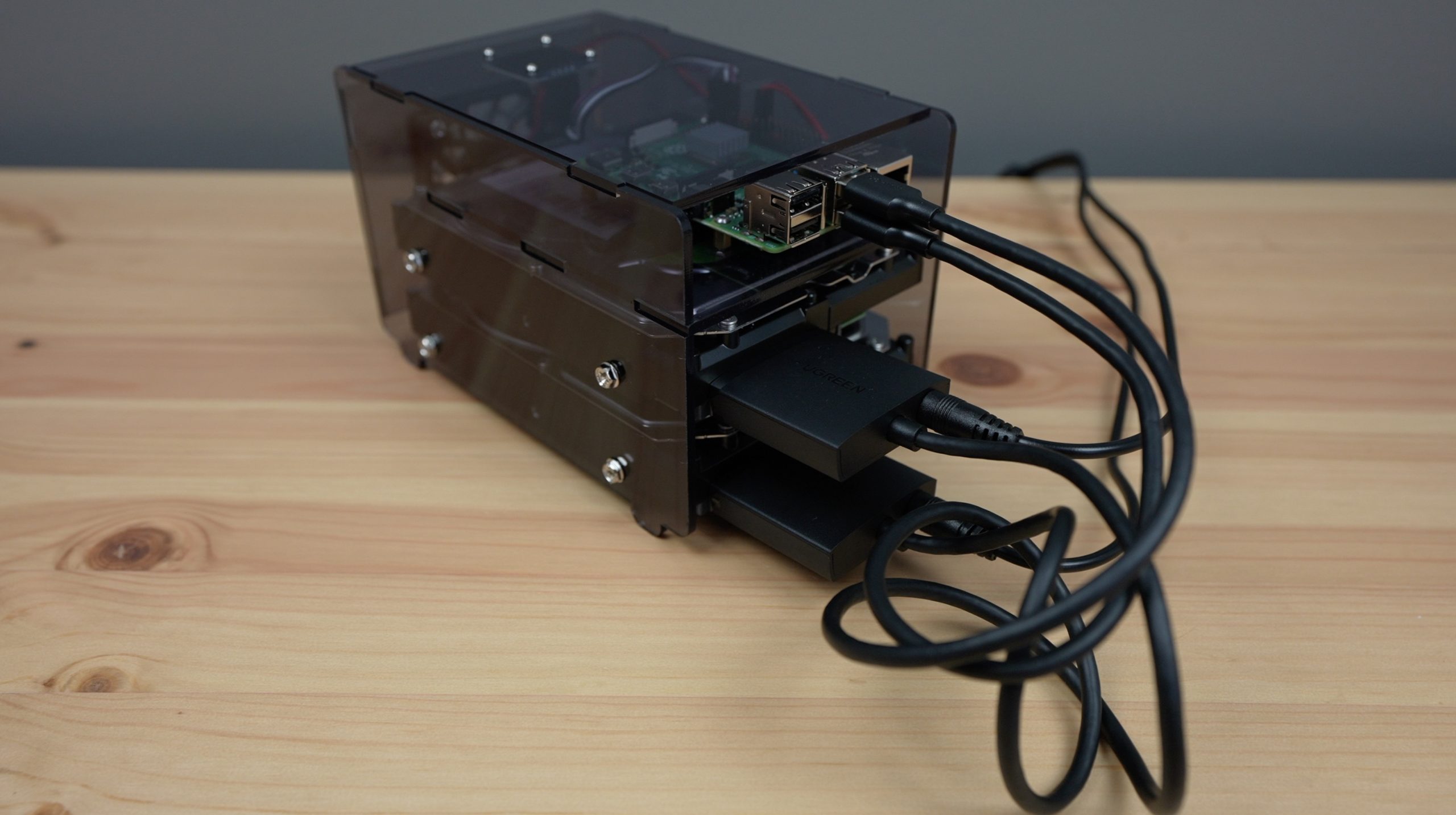Free IoT With Raspberry Pi: Start Building Today!
Could the power of the Internet of Things truly be within your grasp, without emptying your wallet? The answer is a resounding YES! The world of IoT is no longer the exclusive domain of tech titans and deep-pocketed investors. Raspberry Pi has democratized this technological frontier, opening the door to powerful, remote IoT systems that cost absolutely nothing to set up. That's right, FREE. Whether you're a curious hobbyist, a dedicated student, or a seasoned professional, Raspberry Pi presents limitless avenues for creating innovative solutions without a hefty price tag. If you've ever dreamt of harnessing the transformative potential of IoT without breaking the bank, you've arrived at the right destination.
Let's be clear: Raspberry Pi isn't merely a trendy gadget. It's a genuine game-changer, empowering creators like you to construct smart devices, automate intricate processes, and monitor systems from a distanceall without the need for expensive hardware or recurring subscription fees. This article serves as your comprehensive guide, providing you with all the essential information to establish a Raspberry Pi-based remote IoT system that's entirely free. Believe me, by the time you've absorbed the insights presented here, you'll be fully equipped to dive in and commence building your own intelligent projects.
The core of the matter is this: IoT isn't just about the flashy jargon or complex installations. It's about providing ingenious, cost-effective solutions to real-world problems. By combining the capabilities of Raspberry Pi with readily available free tools and resources, the possibilities are vast and exciting. From automating your home to monitoring environmental conditions, Raspberry Pi equips you to craft impactful IoT projects. So, prepare yourself because we are on the cusp of a technological revolution that will reshape the way you view the world of technology.
- Dive Into Temporary Replacement Ep 3 Hyungry Why It Matters
- Discover Unblocked Freezenova Your Gateway To Free Games
So, what makes Raspberry Pi the ideal choice for remote IoT projects? Let's be frank: it's not just the hardware; it's the complete ecosystem. Raspberry Pi has emerged as the go-to platform for developers globally, owing to its versatility, affordability, and the unwavering support of a vast community. Here's a breakdown of why Raspberry Pi is the unparalleled selection for your IoT endeavors:
- Compact Size: Despite its diminutive dimensions, Raspberry Pi packs enough power to handle complex applications.
- Cost-Effective: Starting at a mere $35, Raspberry Pi offers an accessible option for both hobbyists and professionals.
- Versatile Applications: Raspberry Pi can seamlessly accommodate almost any IoT project, spanning from home automation to industrial applications.
- Free Software: A wealth of complimentary software and tools simplifies the process of setting up your IoT system.
- Community Support: With a global user base in the millions, you'll always have access to tutorials, forums, and comprehensive support whenever you encounter obstacles.
If you're seeking a platform that seamlessly blends power, flexibility, and affordability, Raspberry Pi is undoubtedly the top contender for your remote IoT projects. Let's now delve into the details of how to configure your own system without spending a single penny.
Let's break down the core components you'll need to get your Raspberry Pi remote IoT system up and running. There's no need to be intimidated; it's simpler than it seems. Here's what you'll require:
- Magic Mountain Your Ultimate Guide To Thrills Fun
- Boutique Hotels In Tela Your Ultimate Guide To Paradise
- Raspberry Pi Board: The heart of your system. Choose the model that best matches your project's specifications.
- Power Supply: A stable power source is crucial to ensure your system runs smoothly and reliably.
- Sensors and Actuators: These devices enable your system to interact with the physical world. Think temperature sensors, motion detectors, and more.
- Networking: Whether you opt for Wi-Fi or Ethernet, a dependable internet connection is vital for remote access.
- Software: This is where the magic happens. We will delve into the complimentary software options later in this article.
Now that you've grasped the essentials, let's proceed to the next step: setting up your Raspberry Pi for remote IoT functionality.
Let's guide you through the process of configuring your Raspberry Pi for remote IoT applications. Don't worry; we'll carefully walk you through each step to ensure you're well-prepared. Here's a comprehensive outline of the tasks you'll need to accomplish:
- Install the Operating System: Begin by installing Raspberry Pi OS, which is offered free of charge and comes fully loaded with features.
- Enable SSH: This will allow you to access your Raspberry Pi remotely through the command line.
- Set Up Networking: Configure your Wi-Fi or Ethernet settings to guarantee a stable internet connection.
- Install IoT Software: Choose from a variety of free IoT platforms like Node-RED, Home Assistant, or MQTT.
- Test Your Setup: Once everything is in place, rigorously test your system to confirm it functions as expected.
By following these steps, your Raspberry Pi will be fully prepared to undertake any IoT project you envision. But there's more! Let's discuss some of the finest free tools to enhance your configuration.
Let's introduce Node-RED, one of the most popular free tools for Raspberry Pi IoT projects. Node-RED is a flow-based programming tool that lets you build intricate IoT applications without writing a single line of code. Here's why it's a must-have:
- User-Friendly: The drag-and-drop interface makes it ideal for both beginners and seasoned professionals.
- Powerful Features: From data processing to automation, Node-RED offers everything you need to build robust IoT systems.
- Community Support: With a lively community, you'll always receive assistance when needed.
Believe me, once you start using Node-RED, you'll wonder how you ever managed without it.
Another remarkable free tool for Raspberry Pi IoT is Home Assistant. If you're passionate about home automation, this is the tool for you. Here's why:
- Centralized Control: Manage all your smart devices from a single location.
- Open Source: Fully customizable and community-driven.
- Free Forever: No hidden costs or subscription fees.
With Home Assistant, you can transform your Raspberry Pi into the central intelligence of your smart home. Pretty cool, right?
One of the most impactful applications of Raspberry Pi remote IoT lies in environmental monitoring. By deploying sensors to measure temperature, humidity, air quality, and more, you can create a system that contributes to safeguarding our planet. Here's how:
- Collect Data: Use sensors to gather real-time data from your environment.
- Analyze Trends: Employ free software tools to analyze the data and identify patterns.
- Take Action: Implement solutions to address environmental issues based on your findings.
With Raspberry Pi, you can play a role in making the world a better placeone sensor at a time.
As with any connected device, security is paramount for Raspberry Pi remote IoT systems. Here are some best practices to keep your system secure:
- Use Strong Passwords: Avoid default passwords and opt for strong, unique ones.
- Enable Firewall: Set up a firewall to prevent unauthorized access.
- Regular Updates: Keep your software and firmware up to date to protect against vulnerabilities.
By adhering to these practices, you'll ensure your Raspberry Pi IoT system remains secure and dependable.
One of the biggest advantages of using Raspberry Pi for remote IoT is the massive community that supports it. Here are some resources you can tap into:
- Raspberry Pi Forums: A platform where you can pose questions, share your projects, and learn from other enthusiasts.
- GitHub Repositories: Countless open-source projects and tutorials to kickstart your journey.
- YouTube Tutorials: If you're a visual learner, there are countless video tutorials available for free.
With this extensive support network, you'll never feel alone on your IoT adventure.
As technology continues to evolve, so does the realm of Raspberry Pi remote IoT. Here are some trends to watch out for:
- AI Integration: Expect to see more AI-powered IoT applications that enhance decision-making capabilities.
- Edge Computing: With the rise of edge computing, IoT systems will become faster and more efficient.
- 5G Connectivity: The advent of 5G will enable more robust and reliable IoT systems.
Exciting times lie ahead for Raspberry Pi enthusiasts. Stay tuned for what's next in the world of IoT!
In closing, Raspberry Pi stands out as the premier platform for remote IoT projects, and it's completely free. From setting up your system to selecting the right tools, this article has given you all the essential knowledge to get started. Remember, the key to success in the world of IoT is to continuously learn and experiment. So, don't hesitate to dive in and begin building your own projects.
Now, here's your call to action: Share your thoughts or any questions you have in the comments section below. Additionally, be sure to explore our other articles for more helpful tips and tricks on Raspberry Pi and IoT. Happy building, and we'll see you in the next article!
- What Makes Raspberry Pi the Best Choice for Remote IoT?
- Understanding the Basics of Raspberry Pi Remote IoT
- Key Components of a Raspberry Pi IoT System
- Setting Up Your Raspberry Pi for Remote IoT
- Step-by-Step Guide to Get Started
- Top Free Tools for Raspberry Pi Remote IoT
- Node-RED: Your Best Friend for IoT Projects
- Free Software Options for Raspberry Pi IoT
- Home Assistant: Your Ultimate Smart Home Solution
- Real-World Applications of Raspberry Pi Remote IoT
- Environmental Monitoring
- Security Best Practices for Raspberry Pi Remote IoT
- Protecting Your System



Detail Author:
- Name : Lula Von MD
- Username : roma19
- Email : ekunze@reilly.org
- Birthdate : 2001-07-19
- Address : 13030 Bruen Plain Apt. 238 Beerton, CT 14170
- Phone : +1-908-432-3786
- Company : Grimes Ltd
- Job : Psychiatric Technician
- Bio : Eos earum autem eius. Voluptate sunt occaecati ipsam. Molestias excepturi dolor soluta sunt fugiat et.
Socials
instagram:
- url : https://instagram.com/bernita4264
- username : bernita4264
- bio : Iusto aut voluptates blanditiis repellendus. Hic nobis numquam dolores dolores quas.
- followers : 5995
- following : 297
tiktok:
- url : https://tiktok.com/@bernita2927
- username : bernita2927
- bio : Tempore nam expedita aut dignissimos. Vel minus ea provident molestiae.
- followers : 6262
- following : 1152
twitter:
- url : https://twitter.com/bstanton
- username : bstanton
- bio : Et debitis facere amet unde nobis quidem. Necessitatibus praesentium laudantium in. Praesentium eaque nemo optio dolores. Quia ea nihil tenetur.
- followers : 6141
- following : 2478
linkedin:
- url : https://linkedin.com/in/bernita_id
- username : bernita_id
- bio : Nam nulla explicabo eaque officiis deleniti enim.
- followers : 3012
- following : 414
facebook:
- url : https://facebook.com/bernita.stanton
- username : bernita.stanton
- bio : Ad quia ut in est iusto. Quis vitae beatae quos iusto.
- followers : 4859
- following : 1732